Autoimmune Diseases
What is an Autoimmune Disease?
The immune system is important for protecting our bodies against harmful bacteria and viruses; however, what happens when the immune system actually starts attacking our bodies? When this happens, this is known as an autoimmune disease. There are several skin-related autoimmune diseases that our dermatologists treat including,
- Psoriasis
- Pemphigus
- Bullous pemphigoid
- Lupus
While autoimmune diseases are more common in women, these conditions can affect anyone including those who have a family history of autoimmune disease. Our dermatologists also treat rare forms of autoimmune blistering diseases including pemphigus and pemphigoid.
Pemphigus
This chronic autoimmune condition most often occurs in older adults (middle-aged or older) that results in oozing, painful blisters. There are two main types of pemphigus: pemphigus vulgaria and pemphigus foliaceus. The first one cause blisters to develop in the mouth or on the genitalia. These blisters are painful and can make it difficult to eat. Pemphigus foliaceus usually causes blisters to develop on the back, chest and shoulders, which may also be itchy.
If you notice painful blisters that develop anyone on the body, particularly on the genitals or in your mouth, it’s important that you see a dermatologist right away. Treatment for pemphigus includes,
- Steroid creams
- Immunosuppressant medications
- Lifestyle changes (avoiding sun exposure; practicing good hygiene)
- Support groups and therapy
Pemphigoid
Bullous pemphigoid, or simply pemphigoid, is another rare autoimmune disorder that causes blisters on the skin and mucous membranes (e.g. mouth). While this condition most often affects seniors, this condition can still develop in children and adults, and can also be brought about by certain medication or treatments. Pemphigoid causes blisters to form in the armpits, groin, palms and inner thighs. These patches of skin may also be severely itchy and painful. These symptoms usually come and go.
While steroid medication is the main course of treatment for controlling pemphigoid symptoms, other treatment options include,
- Dapsone
- Pain relievers (either over-the-counter or prescription)
- Antibiotics (if there is an infection present)
- Immunosuppressants
- Intravenous immunoglobulin (IVIG) therapy
Lupus
There are four kinds of lupus, namely, systemic lupus erythematosus, cutaneous lupus, drug-induced lupus and neonatal lupus. Approximately two-thirds of patients with lupus will develop some type of skin disease. Skin disease in lupus can cause rashes or sores (lesions). Most of these skin lesions will appear on sun-exposed areas such as the face, ears, neck, arms, and legs. 40 to 70 percent of people with lupus will find that their disease is made worse by exposure to ultraviolet (UV) rays from sunlight or artificial light.
When people talk about “lupus,” they are often referring to the most common type, systemic lupus erythematosus. Although lupus can affect any part of the body and cause a myriad of symptoms including joint pains, fatigue, anemia, blood in the urine, fever and weight loss, it often presents with skin disease and hair loss. The dermatologist may be the first doctor to diagnose lupus and should treat lupus skin rashes and lesions. He or she may perform a skin biopsy (to obtain tissue sample) to examine under a microscope to determine whether a lesion or rash is due to lupus.
Treatment options for lupus include:
- Topical steroid creams and intralesional steroid injections
- Anti-inflammatory medications including hydroxychloroquine
- Immunosuppresants
- Lifestyle changes (avoiding sun exposure and sun protection)
If you are experiencing symptoms of a skin-related autoimmune disorder, it’s important that you schedule an appointment with one of our qualified doctors here at Young Dermatology to find out more. Call our office today at (206) 456-4464.








